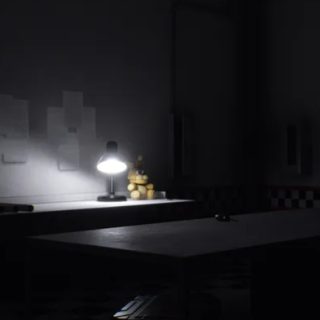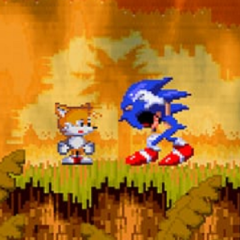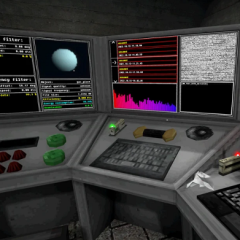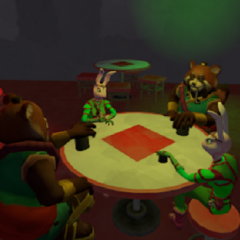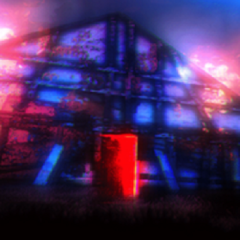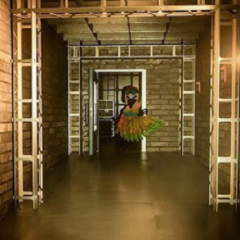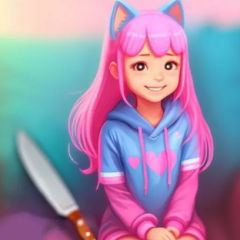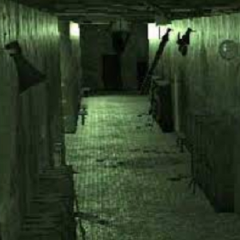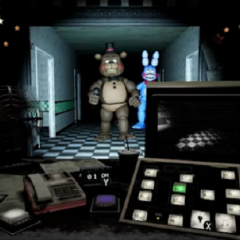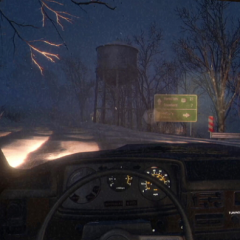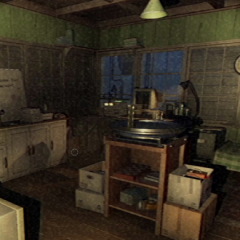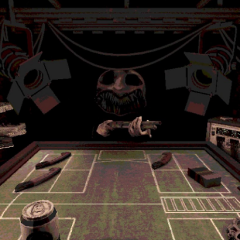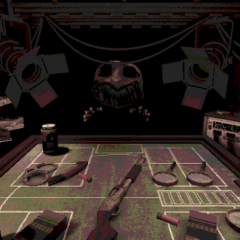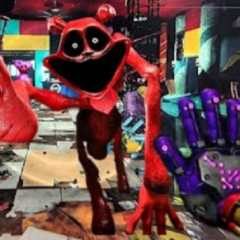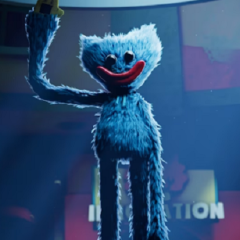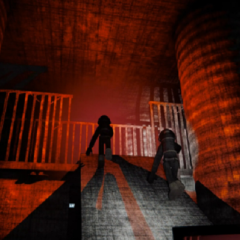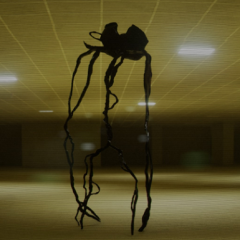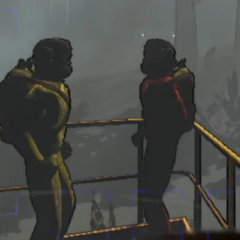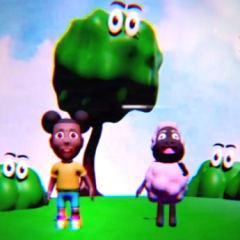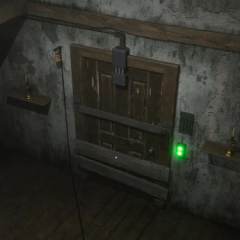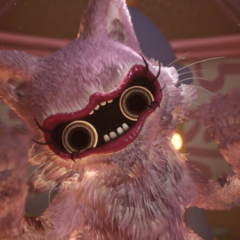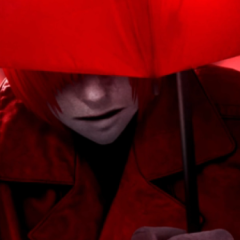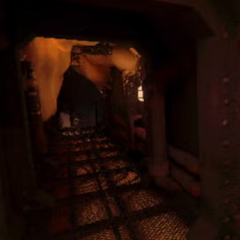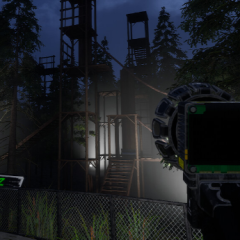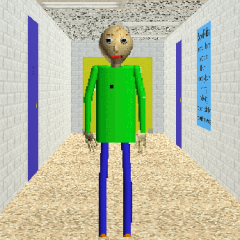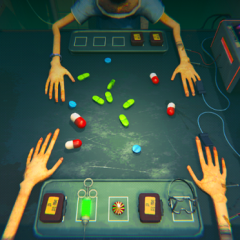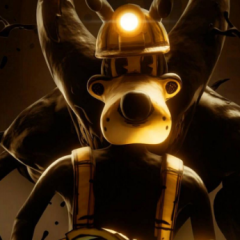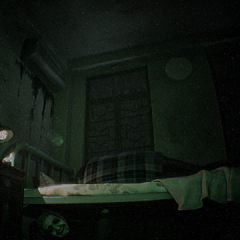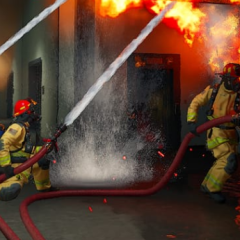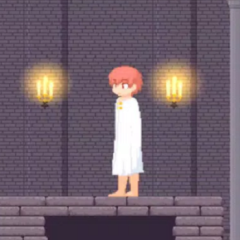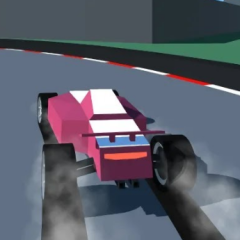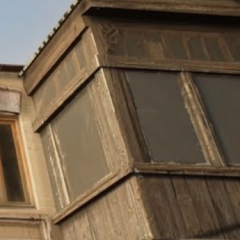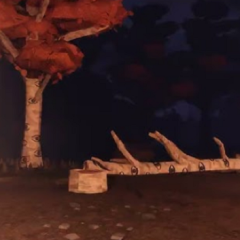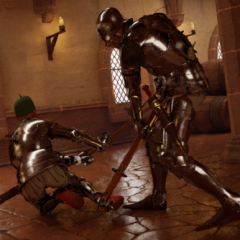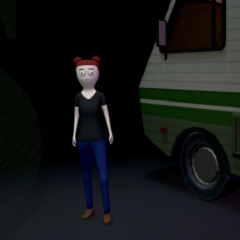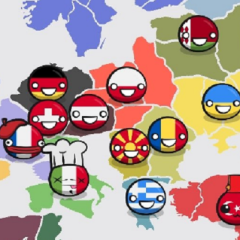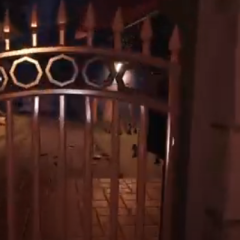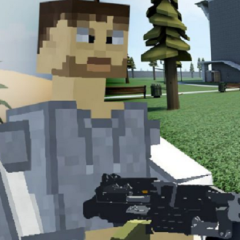Those Nights At Fredbear’s
Community Development
Following the cancellation, the idea lived on in the fan community. Independent creators took the concept and built new projects, most notably Those Nights At Fredbear’s: New Destiny. This version expanded the roster of animatronics, increased the length of the campaign, and introduced refined mechanics. Another effort, the 2015 remake, focused on recreating the earliest vision as closely as possible. Together these projects ensured the concept continued to attract attention long after the official work was stopped.
Survival Gameplay
The gameplay focuses on surviving consecutive nights under pressure. Animatronics patrol the location, each designed with distinct movement rules. To avoid them, players must observe, predict, and react quickly while conserving limited resources. Power management is central to survival, since running out leaves the environment completely exposed to Fredbear and other enemies. The structure demands players to learn patterns and balance risk throughout every session.
Core systems include:
- Exploration between multiple areas
- Individualized enemy behavior models
- Use of cameras and light for detection
- A strict energy system that restricts actions
- Rising threat levels over the course of the week
Narrative Integration
Later versions introduced a stronger storyline by connecting the events at Fredbear’s to William Afton. The plot follows his attempt to stay hidden while dealing with malfunctioning equipment and aggressive animatronics. Each night pushes him closer to failure, until the ending sequence reveals his capture. This approach positioned the game as part of a larger universe and gave the survival mechanics a clear narrative framework.
Player Response
Despite never having an official full release, Those Nights At Fredbear’s gained recognition for its difficulty and ambitious scope. Players who engaged with New Destiny and other remakes often described the challenge as extreme, especially in late-night scenarios or special modes. While balance issues were a common criticism, the game remains a notable fan project, remembered for taking risks and expanding the survival horror formula beyond the limits of the original FNAF design.
